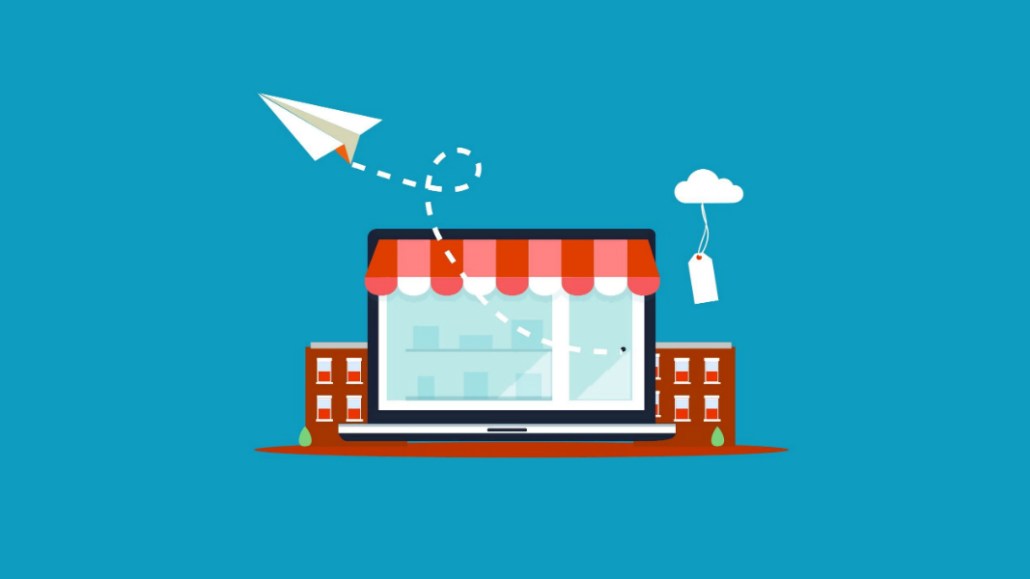Register by Jan 13 to save on passes and connect with marketers from Uber, Bose and more

Amalia Thomas, senior vice president, client development, CJ
The holiday shopping season has been starting earlier and earlier every year, and in 2021, marketers are already in the middle of it.
No matter the exact timing of purchases, eMarketer predicts shoppers will be spending more, increasing e-commerce sales 14% YoY. Shoppers are presenting a new set of behaviors and expectations to their shopping trips, preferences emergent throughout the pandemic. Getting promotions right with faster campaign tactics is one way brands are pivoting to play catch up, striving to reach those shopping earlier in the season so they don’t risk losing sales to competitors.
For teams that have fallen behind during a season when holiday shopping is already underway, the following three strategies will give marketers a chance to make up for lost time.
Be where the customer shops and stay competitive
One method to catch up to the competition already in the thick of holiday shopping is to be everywhere a customer shops and stay competitive while doing so.
Google’s “making sense of the messy middle” study describes the phase of the consumer journey that occurs between intent and purchase, a time when decision-making becomes even more complex due to the significant number of choices and information they can access.
Perhaps unsurprisingly, consumers are not necessarily loyal to their favorite brands anymore; competitors can steal sales by showing an ad with the right messaging at the right time. To combat this, brands must be present with a value offering to retain market share.
Investing strategically in a diverse group of partners, from influencers to loyalty partners will help to maintain a competitive market share. Being open to flexible testing for new social content trends such as TikTok for personal storytelling, Instagram for attention-grabbing visuals or Facebook for brand discovery will authentically showcase merchandise and bring holiday products to new and highly engaged audiences. Partnering with holiday-specific themed sites that rank high in SEO, such as those incorporating Black Friday into their URLs, is another way to get eyes on a brand while serving holiday-focused shoppers. The fact that offers should be competitive should not be overlooked because a key factor driving holiday purchase decisions for consumers is the perception that they’re getting the best value.
Flexible purchase and payment options are essential
Flexibility and choice will also get brands ahead this shopping season. During quarantine, customers adopted the use of click-and-collect, in-app buying, browser extension savings and extended payment solutions — and they have grown accustomed to having choices. Revenue from click-and-collect and curbside pickup is expected to nearly double from $72.6 billion in 2020 to nearly $141 billion by 2024. From a customer standpoint, these are crucial options, especially as shipping cut-off deadlines approach. Offering site-to-store or curbside coupons are effective strategies for testing usage while remaining competitive in pricing.
Buy-now-pay-later (BNPL) services, which enable shoppers to pay for purchases over time in interest-free installments, can also help to remove a barrier to conversion at the bottom of the marketing funnel. In 2021, 45 million shoppers aged 14 and up will use a BNPL service, an increase of more than 80% from 2020. This will represent 16.2% of the total population and over 20% of digital shoppers.
Implementing mobile and app-based strategies provide seamless customer experiences
For years, mobile engagements have surpassed desktop engagements, and so another way to quickly reach early shoppers is to develop or test a solid mobile and mobile-app strategy.
Predictions indicate that the usage of mobile shopping this holiday season is expected to increase yet again, up 19% to reach $97.15 billion. Partnership and marketing channels require robust mobile strategies that will reach always-on shoppers across the shopping journey, from discovery to checkout. Setting promotional cadence to on for one week, and then off the next week, is one tactic to make brand-awareness initiatives effective during this journey. Viewing a sale or promotion early will capture consumers’ focus in the discovery phase, and reinforcing the promotion soon after could help to secure the conversion. Incentivizing mobile app downloads and capturing mobile app sales with technology leads to increasingly seamless consumer experiences and ultimately drives better results.
Pivoting is the most important takeaway
While these strategies should get brands caught up if they’re behind in starting promotions this shopping season, the pivots involved may be even more important for the long-term. That is, strategy pivots are more important than getting an initial plan 100% right, especially at this crossroads of early promotions.
Analyzing campaign data during promotions will allow brands to focus on needed refinements and the application of learnings in real-time. Brands can use these simple strategies, and then they can also formulate contingency plans based on consistent monitoring of performance along the way, ensuring that they’re reaching all possible customers wherever those shoppers stand to find the brand.
More from Digiday

Omnicom Media’s Adamski: clients are the only ones not complaining about principal media
The global CEO of Omnicom Media now has six agency brands and Acxiom under his control, and he’s expected to maintain consistent growth among them.

Introducing AI Marketing Strategies: A new event from Digiday, Glossy and Modern Retail
Digiday, Glossy and Modern Retail have closely tracked the rise of AI in marketing for the better part of a decade. In that time, the technology has moved far beyond chatbots, marketing automation and ad optimization. Today, AI tools are becoming a critical part of marketers’ daily workflows. Now Digiday will host its inaugural AI […]

OpenAI’s countdown: monetization, ads, and a Google-shaped threat
With fierce competition from Google et al, the clock is ticking for the AI company to launch its ad business.





